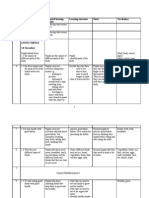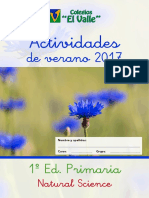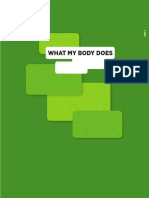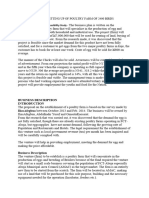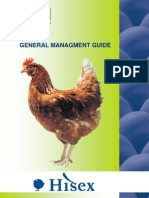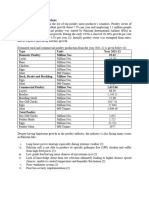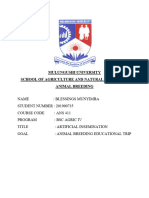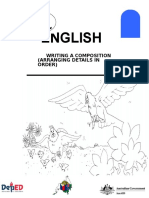0% found this document useful (0 votes)
122 views53 pagesScience Y1 Notes COMPLETE
This document is a comprehensive notebook for Year 1 Science, compiled by Cikgu Ronny, based on the Star Science textbook. It covers various topics including body parts, senses, living and non-living things, plant growth, colors, and health practices. The notes aim to assist teachers and enhance students' understanding of science in Brunei Darussalam.
Uploaded by
salihintuahmoeeduCopyright
© © All Rights Reserved
We take content rights seriously. If you suspect this is your content, claim it here.
Available Formats
Download as PDF, TXT or read online on Scribd
0% found this document useful (0 votes)
122 views53 pagesScience Y1 Notes COMPLETE
This document is a comprehensive notebook for Year 1 Science, compiled by Cikgu Ronny, based on the Star Science textbook. It covers various topics including body parts, senses, living and non-living things, plant growth, colors, and health practices. The notes aim to assist teachers and enhance students' understanding of science in Brunei Darussalam.
Uploaded by
salihintuahmoeeduCopyright
© © All Rights Reserved
We take content rights seriously. If you suspect this is your content, claim it here.
Available Formats
Download as PDF, TXT or read online on Scribd
/ 53











